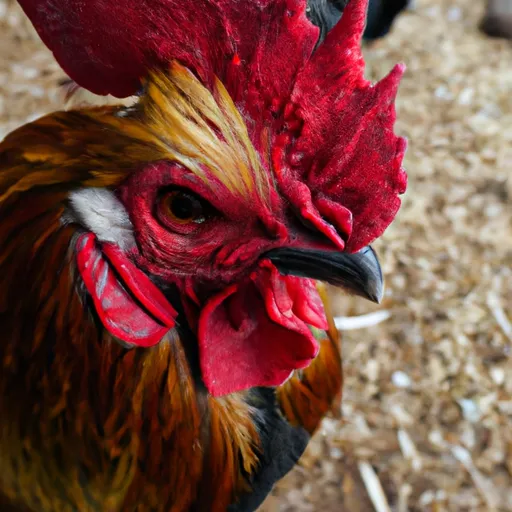The Many Faces of Cockerels: From Egg to Rooster
Cockerels are male chickens that have not yet reached maturity.
They are known for their distinctive crowing, which is often used as a way to mark the beginning of a new day.
Here we will explore some interesting facts about cockerels and take you on a journey from egg to rooster.
Are All Male Chickens Cockerels?
While it’s true that all male chickens are technically classified as cockerels until they reach sexual maturity, there are actually several different breeds of chickens that can be identified by their physical characteristics.
For example, Silkie chickens have fluffy feathers around their eyes and legs, while Barred Rock chickens have black and white stripes running down their bodies.
No matter what breed they belong to, however, one thing remains constant – cockerels are an important part of any poultry farm or backyard flock.
What Do Americans Call Cockerels?
In America, cockerels are commonly referred to as “roosters.”
This term has been in use since at least the early 19th century when farmers began using the word to describe young males who had not yet reached full maturity.
Today, many people still use the terms interchangeably, although some may prefer to refer specifically to cockerels rather than roosters.
Can A Hen Turn Into A Rooster If There Is No Rooster?
Unfortunately, no.
While hens do possess the necessary genetic material to produce fertilized eggs, they require the presence of a rooster in order to lay unfertilized eggs.
Without a rooster around, hens simply cannot reproduce.

However, if a hen were to mate with another hen (which is possible but rare), she could potentially lay fertilized eggs that would develop into male offspring.
See also Why Do Roosters Crow? And Other Frequently Asked Questions about Cockerels
The Morning Sound Of A Rooster Called And What’s Another Word For It?
One of the most iconic sounds associated with cockerels is their morning call.
Also known as “crowing,” this loud and distinctive noise is typically made just after sunrise and serves as a way for the rooster to establish his dominance over other males in the area.
Other common names for this sound include “cock-a-doodle-doo” and “cockadoodledoo.”
Additionally, there are many other words used to describe this particular aspect of cockerel behavior, including “croak,” “squawk,” and “cluck.”
